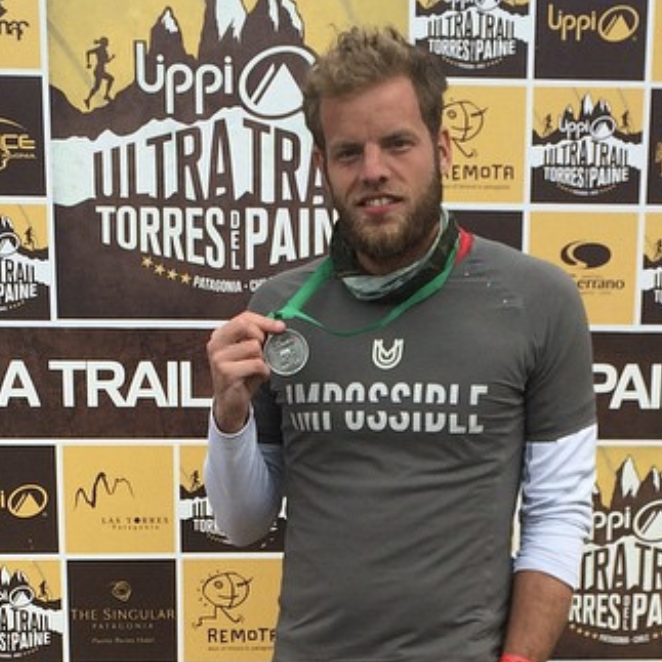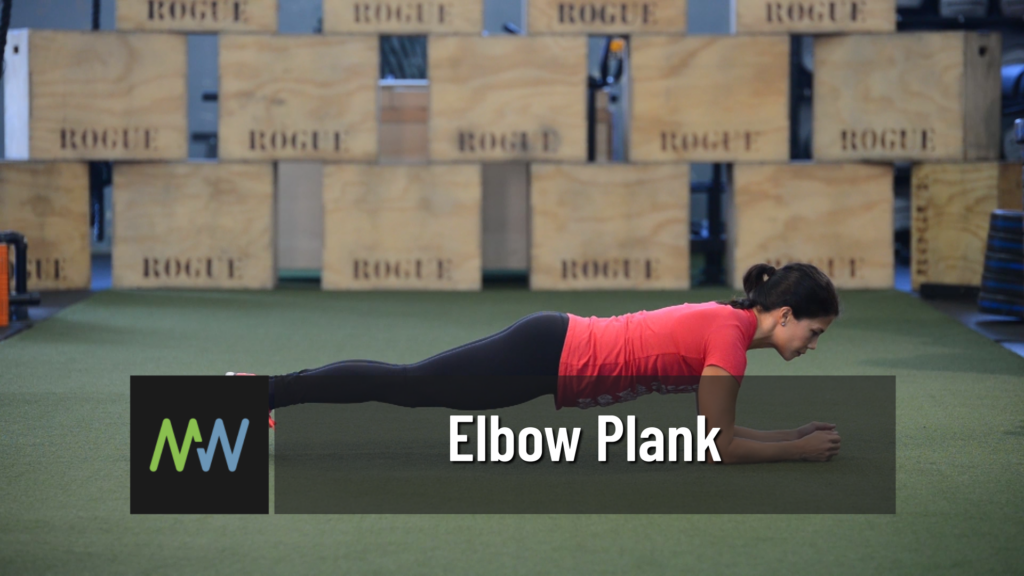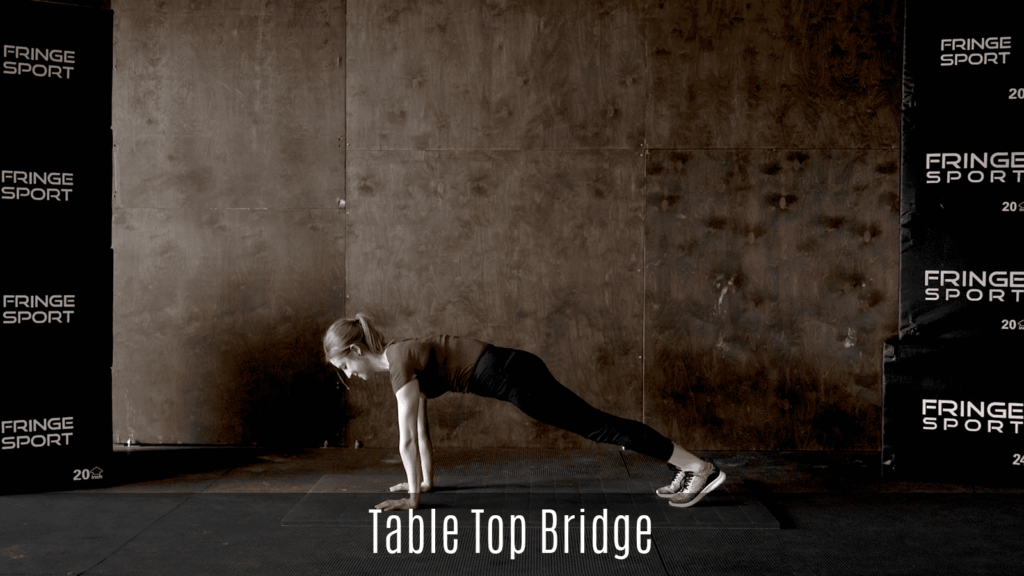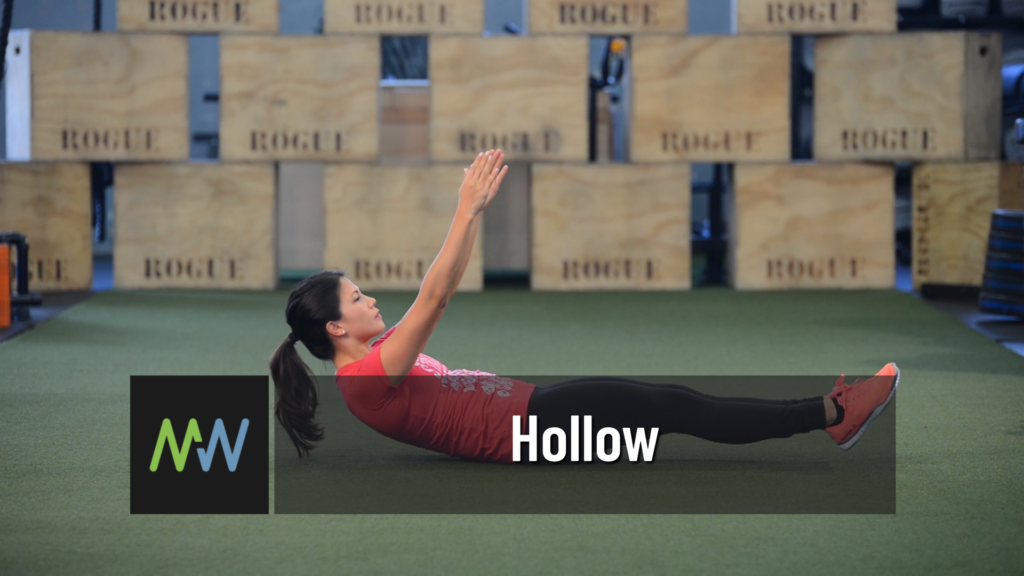Downward dog – or downward facing dog as it is sometimes called – is most likely one of the most well-known yoga exercises. Even if you have never attempted this stretch before, chances are you have at least heard of it before. I would venture a guess that it is so well-known because it is also a well-loved stretch.
Known for stretching out the back, shoulders, hamstrings, heels, and calves, this popular yoga exercise is also one that provides a calming and rejuvenating effect for its practitioner. It is aptly named because your body will assume a pose similar to a dog stretching out after a long, leisurely nap.
This pose does require a certain amount of strength and flexibility. You have to support a certain amount of weight through your arms and shoulders. Thankfully, there are options when it comes to modifying the pose to fit your ability level and needs. This article walks you through step-by-step how to perform the downward dog pose. We also discuss the multitude of benefits that downward dog provides to your body and mind. Lastly, we provide modifications and variations for this movement.
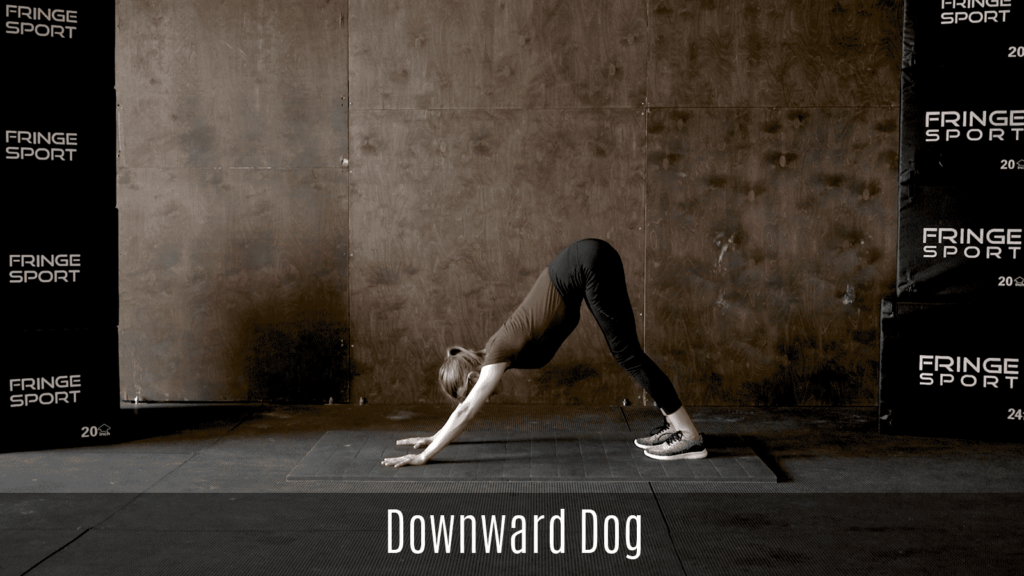
What is Downward Dog?
Downward dog is considered a forward fold position. It is performed with the hands and feet on the ground and the hips high in the air. The head is below the heart in an inverted position.
To come into downward dog, you will start in a Tabletop position. In this position, come onto your hands and knees. Take care to set up with your hands underneath your shoulders and your knees underneath your hip points. Ensure that your spine is neutral by pulling your belly button in towards your spine and keeping your gaze down towards the ground.
Once you’ve established this position, walk your hands slightly ahead of your shoulders – perhaps two to three inches. Spread your fingers wide and press your palms firmly into the ground. Curl your toes under and press them into the ground. Pushing through your hands and your toes, push your hips up into the air and up towards the ceiling. Your feet should be about hip-width apart and running parallel to each other.
At this point, your body should look like an inverted “V” with your hips in the air and your head hanging loosely. Maintain pressure through your pams and your toes as you reach your heels towards the ground. If you feel like you are rounding through your low back, feel free to bend your knees generally to correct this problem. We do not recommend forcing your legs to straighten if you do not yet have the flexibility to do so.
Once you have found the downward dog position, hold here and enjoy the stretch. Breathe deeply – we recommend inhaling through your nose and exhaling through your mouth. With each exhale, try to find a little more deepness in the stretch. That might mean straightening your legs a bit more or stretching deeper through the shoulders.
To come out of downward dog, slowly, and with intention, lower your knees to the ground and come back into Tabletop position. Your wrists may need a quick roll out, so you can raise into a kneeling position and give some attention to your wrists if needed. Feel free to implement downward dog as many times as necessary into your daily routine.
Benefits of Downward Dog
Downward dog pose has a long list of benefits that affect both your physical and mental health. First and foremost, it is a great stretch. You feel this one in your shoulders, arms, hamstrings, calves, and through your feet. The inverted nature of the pose also helps create space in between your vertebrae and feels great on your spine.
Most people describe this pose as relaxing and rejuvenating as well. This may be in part to the emphasis on deep breathing throughout this posture. The benefits of deep breathing are well-reported and numerous.
This is a pose that can build strength in the arms and core. It can help prepare your body for more advanced yoga poses and exercises.
Downward Dog Modifications
If downward dog feels too intense on your wrists, arms, shoulders, or core, start by practicing the plank pose. This will allow you to build up the strength that is required to hold downward dog.
You can also use a wall or a chair to modify downward facing dog. Stand facing the wall with your palms firmly planted against it, arms extended, and feet planted on the floor. From here, push your hips back and bring your head through your arms similar to the downward dog position. Work here in this modification until you feel comfortable to move it onto the floor.
Another modification requires the use of yoga blocks to elevate the hands. Come into traditional downward dog but keep your hands elevated by using yoga blocks (or something sturdy of a similar size). This modification can help if you are especially tight in your upper body.
If you ever feel pain while performing downward dog, stop the stretch immediately. Seek care if necessary.
Starting in a tabletop position, press up and back into a downward-facing dog. Your hips will lift and move back. Straighten your arms and the head and chest will draw through the shoulders. Keep a slight bend in the knees to allow the chest to come through the shoulders.
